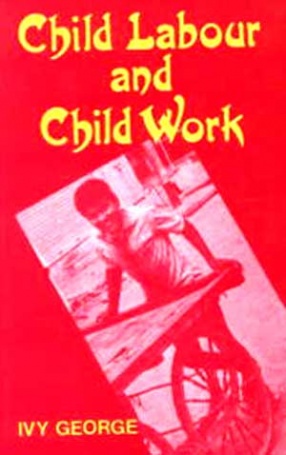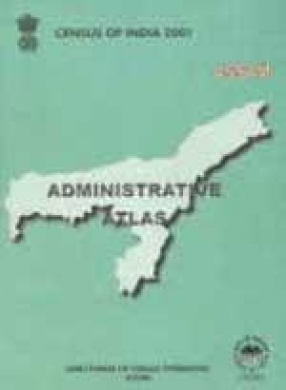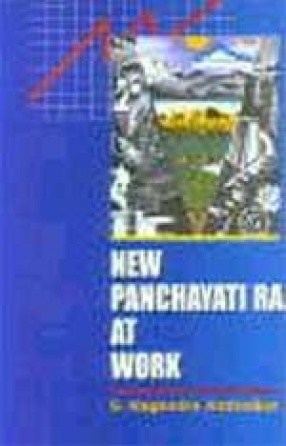International development agencies such as the ILO, UNICEF, and many local government and Non-Government Organisations on the Asian, African and South American continents have spent considerable amount of resources to research and formulate social policies and programmes that address the problems of child labour.
Historically the terms "work" and "labour" have been used synonymously and inter-changeably. The study suggests that this conflation of terms has caused a confused view of what in fact may be two independent and unrelated economic and social processes. A distinction is proposed between work and labour and the need to re-examine the widely accepted view that children should not be part of the work force is suggested. Children should be allowed to work, not labour in environments and conditions which foster their growth and development. The implications of this proposal affect most immediately all those children in the Third World who are engaged in production processes in labour and work settings. On a large scale, it calls for a transformation of labour settings for men, women and children. The conclusions arrived at are based on a field study conducted in Chinnallipatti, a rural community in South India, where handloom cotton and silk weaving has been the traditional craft and trade for several generations. Findings from field work in Southern India indicate that the participation of children in work (but not labour) has been beneficial to their growth from the physical, psychological, social and intellectual standpoint. The spontaneous integration of education and work has been an accepted social process in the life of this community all along. Rather than being perceived as a deviant practice, work claimed a rightful place in the lives of most children. Education through work was seen as part of life, rather than a preparation for it.
However, at the secondary level of production, the larger market forces set in and the adults are labourers. Based on an examination of child labour policies and an understanding of the impact of the various institutions affecting the community, restructuring of labour settings to work settings through decentralised production settings and non-formal education programmes are recommended. Child work may well be a viable alternative for all the children who are driven to inhumane conditions of labour today.
The tools used for research were community living, participant observation, interviews and case studies. Over a three-month period the entire community of Chinnallipatti, the social and economic profile in terms of caste, occupation and income were studied, thirty families and twenty-two child workers between the ages of eight and fourteen were interviewed. The community institutions studied were: local schools, a health centre, co-operative societies and store merchants. Individuals and organizations instrumental and influential in the creation and maintenance of social policies that affected the children of Chinnallipatti were also interviewed.





There are no reviews yet.